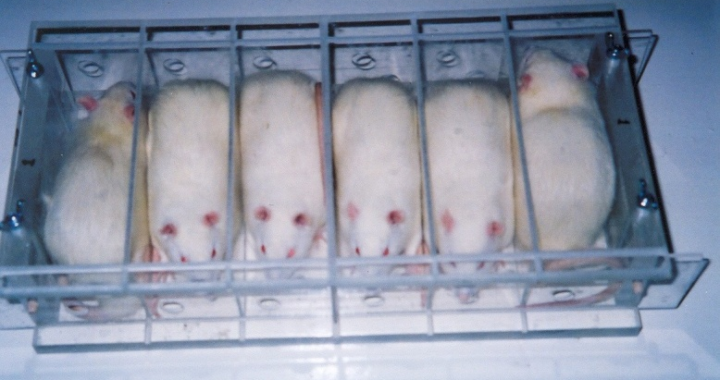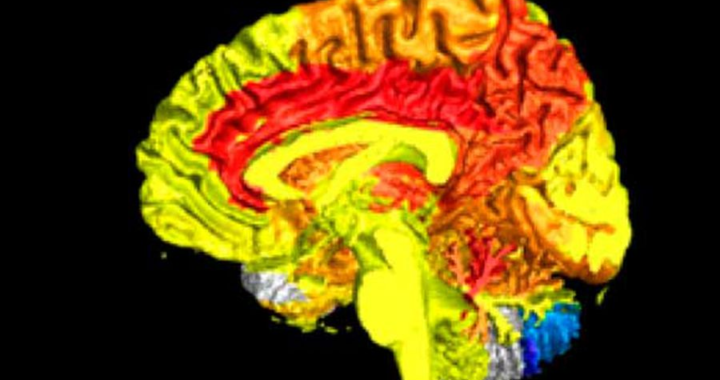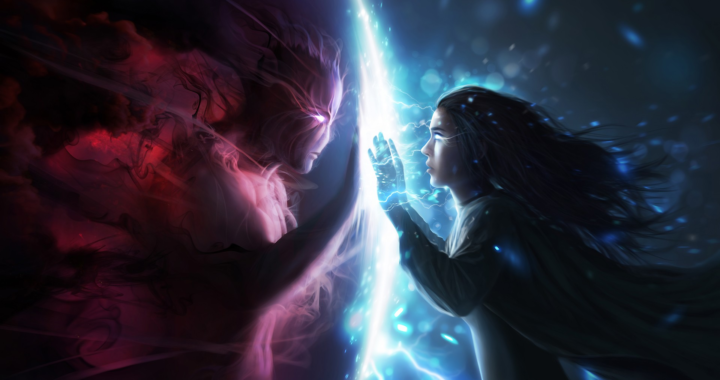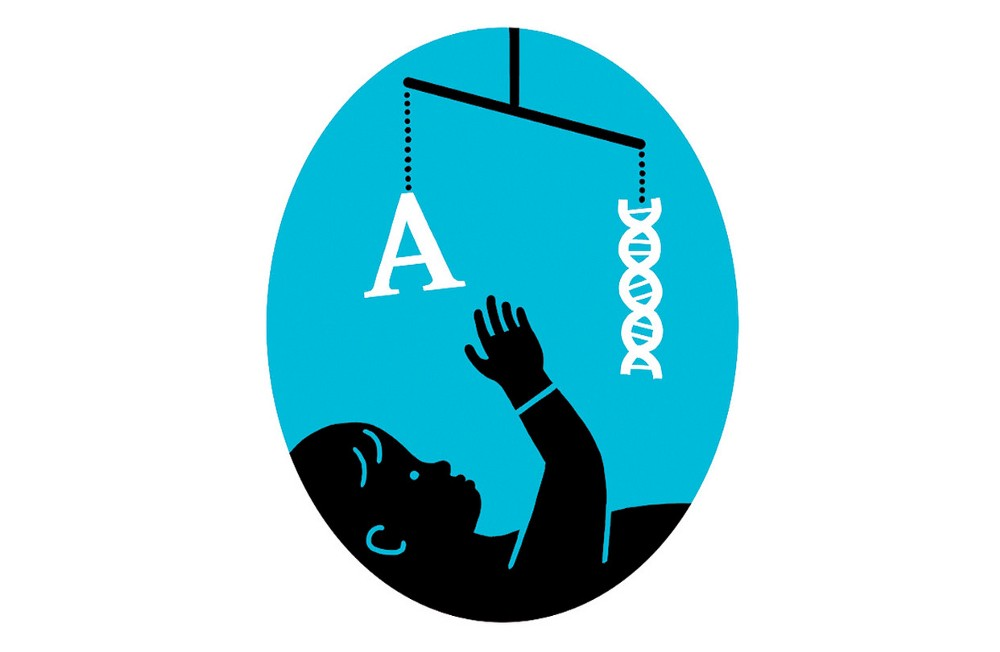The most exciting part of neuromythography is when the model explains brand new neuroscience studies. Every experimental validation adds to our confidence in the value of the neuromythographic method.
A State-of-the-Art Neuropsychology Study
A study was published in Lancelet in February 2020 entitled, Associations between life-course-persistent antisocial behaviour and brain structure in a population-representative longitudinal birth cohort. What is particularly exciting about this study is they used the same Glasser cortical parcellation pipeline that neuromythography is based upon. This allows us to easily append neuromythographic labels and interpretations on top of the experimental work that is otherwise difficult for anyone (including neuroscientists) to interpret.
The researchers used a long-term psychology cohort known as the Dunedin Study, a population in New Zealand who were first assessed at three years old and re-assessed every few years through age 45. 672 of these participants underwent fMRI scanning, and these brain scans were compared to questionnaire data about their behavior between ages 7 and 26. Based on these responses, the population was separated into ‘persistent antisocial behavior’, ‘adolescent-limited anti-social behavior’ (i.e. they ‘grew out of it’), and ‘normal’ groups. The goal of the study was to identify brain areas associated with persistent anti-social behavior, compared to adolescent-limited and normal groups.
Here are the imaging results for the two antisocial groups of interest. The top is for the persistent antisocial group, while the bottom is for the adolescent-limited antisocial group.

Both the adolescent-limited and persistent antisocial groups had a distinct, small group of brain areas identified by the study.
The researchers concluded:
First, we found that smaller surface area and thinner cortex in brain regions associated with executive function, motivation, and affect regulation previously implicated in studies of antisocial behaviour were, as hypothesised, specific to the life-course-persistent group. Second, the observed pattern of smaller surface area specific to the life-course-persistent group was much broader than previously reported in cross-sectional studies of antisocial behaviour. Third, both antisocial behaviour trajectory groups had features of reduced cortical thickness compared with the low group without antisocial behaviour, but in different areas of the brain.
The researchers then speculate about genetics, environment, and genetic-environment interactions, and relate these findings to prior findings. That is all we can get out of this if we are using a neuropsychology framework. Now, let us apply the neuromythographic method.
Enter the Neuromythograph
The Unruly Child
The adolescent-limited antisocial behavior group contrast revealed two brain areas, both in the right hemisphere: TE1m and TE2a. The archetypes for these are Bentham and al-Kindi, respectively.
Bentham
Jeremy Bentham was an English philosopher who first articulated utilitarianism and consequentialist ethics. Right TE1m is represented as Bentham because of its role in contemplating the consequences of actions upon other people. TE1m – Bentham has a left hemisphere complement in TE1m – Protagoras, the Greek sophist founder who represents linguistic understanding of agents performing actions upon things. The complementarity between left hemisphere Protagoras, that models agent-object interaction models, and right hemisphere Bentham, that models consequentialist ethics models, is intuitive.
al-Kindi
al-Kindi is known as ‘the father of Arab philosophy’. He was a polymath, whose wrote hundreds of treatises on a myriad of topics across physical and spiritual domains. Right TE2a is assigned to al-Kindi, representing holistic knowledge knitted together into wisdom. Right TE2a – al-Kindi has a left hemisphere complement in TE2a – Pliny the Elder, the Roman philosopher who constructed the first encyclopedia. The complementarity between left hemisphere Pliny, that is the library of knowledge about the physical world, and al-Kindi, who stiches together knowledge into wisdom, is intuitive.
The Antisocial Adult
The persistent antisocial group had a larger set of grey matter thickness deficits identified. In both hemispheres, areas TGd and AAIC were flagged. The neuromythographic archetypes are as follows.
Pheme
Pheme was the Greek spirit of spirit of fame and good repute in a positive sense and infamy and scandal in the bad. Left TGd is assigned to Pheme, because of its multi-faceted role in assigning attributes to types of people, including processing of proper nouns and pop culture.
Aesop
Aesop was a Greek storytelling who wrote some of the most famous tales, most of which have a moral lesson. Right TGd is assigned to Aesop, because of its role in understanding stereotypes, archetypes, poetry, and storytelling.
The complementarity between left hemisphere Pheme, the goddess of fame and reputation, and right hemisphere Aesop, a store of archetypal stories, is intuitive.
Fortuna
Fortuna was the Roman goddess of luck and misfortune. Left AAIC is assigned to Fortuna because of its role in the general emotional sentiment of whether we are currently in a lucky streak or not. The grey matter deficit here is interesting because of how the perception of whether one is lucky might play a role in overall life outlook and the prospects of getting away with a crime.
In the left hemisphere only, areas TPOJ1 and PEF in antisocial adults had less cortical thickness.
Pistis
Pistis was the Greek goddess of trust and good faith. Right AAIC is assigned to Pistis because of its role in assessing trustworthiness, both of oneself and others. The complementarity between left hemisphere Fortuna, that judges luckiness, and right hemisphere Pistis, that judges trustworthiness, is intuitive.
TOPIC-ACTOR-SCHEMA
[INCOMPLETE] Left TPOJ has a general role in understanding the TOPIC-ACTOR-SCHEMA context of a sentence. Left TPOJ1 is activated when someone invokes ‘sacred values’. The reduction in grey matter in left TPOJ in the persistent antisocial group is consistent with reduced experience of sacred values.
Codd
The appearance of a grey matter deficit in left PEF – Codd in the persistent antisocial group is obviously not usefully explained by the neuromythographic interpretation. Either this is an experimental artifact, or PEF awaits a better archetypal interpretation that can explain this experimental result.
Neuromythography Adds Missing Insight to Neuroscience and Psychology
When we consider the neuromythographic interpretation of the grey matter deficits of the adolescent-limited antisocial group, we can start to get a picture of the problem and what the remedies might be. A troublesome teenager may not consider the consequences of their actions in the utilitarian sense mediated by left TE2a – Bentham, and has not yet synthesized experience and knowledge into wisdom. Right TE2a – al-Kindi is a center of wisdom across spiritual and physical realms. It is interesting to speculate that a lack of spiritual guidance might be at fault, in part.
As with the case of the teenage miscreant, the persistent antisocial behavior group’s cortical thickness deficits provide an intuitive picture. Reduced thickness in left TGd – Pheme and right TGd – Aesop may result in a deficit in caring about reputation and self-image of one’s moral character. Deficits in AAIC – Fortuna and AAIC – Pistis may result in under- or over-estimation of one’s ability to succeed, and an impaired judgement of what constitutes trustworthy behavior. A reduction in TPOJ1 may result in impairment of judgment with respect to appropriate behaviors in social situations, and result in a loosened grasp of personal sacred values.
Importantly, the neuromythographic interpretation indicates that the label ‘antisocial’ isn’t a valid construct to apply across the two groups. The adolescent group grey matter profile is very different from the persistent group. Broad psychology categories, ‘validated’ by circuitous psychometrics, fail when put to the test in neuroscience bolstered by neuromythography.
We have just scratched the surface of the additional value that can be extracted from a neuroscience study by applying neuromythographic archetypes to the raw findings. The neighbors, entrances, and exits of these brain areas inform how the networked ensemble of brain areas work together. The neurotransmitter and receptor profiles and their archetypes add additional light into the subtle nature of these brain areas.
Thousands of people have written millions of words about crime, evil, despair, nature vs. nurture, psychology, sociology, religion, and so on. In the above-referenced study, correlations between antisocial behavior and grey matter reductions in certain brain areas were found, but neuroscience and psychology lack a cohesive framework for interpreting them. Neuromythography provides the missing cohesive interpretive framework.
We hope that this interpretation of a recent neuroscience study piques your interest in neuromythography, and cordially invite you to explore more with us.





